“Alright, costume and makeup enthusiasts! It’s Bigteacher here, and today we’re diving into the world of stage show productions. Let’s talk about what makes costume and makeup work so special—and so important—on stage.
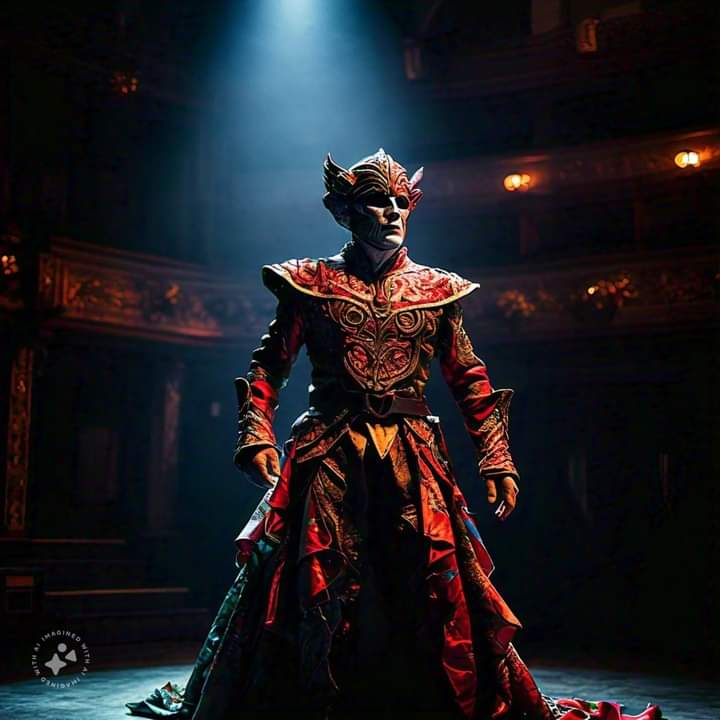
Imagine this: you’re in a darkened theater, and the spotlight comes on. The audience’s first impression of a character is visual. And guess who sets that impression? You do! Whether it’s a dazzling gown, a worn-out jacket, or the precise brush strokes that add years to a character’s face, every choice you make brings the story to life.
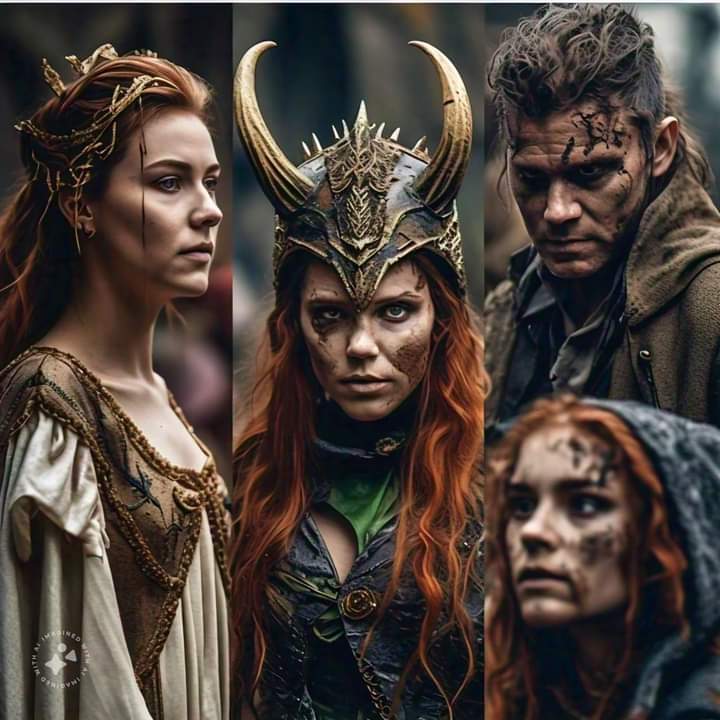
In stage productions, costumes and makeup do a lot of heavy lifting. They aren’t just about making actors look good; they’re about telling the audience who these characters are, what time period we’re in, or even what mood we’re supposed to feel. Let’s say it’s a historical play—you’re not just putting on any old clothes. You’re using colors, fabrics, and styles that reflect a specific era. For fantasy or otherworldly settings, you might be designing pieces that defy everyday reality, using imagination and creativity to help transport the audience into a completely different world.
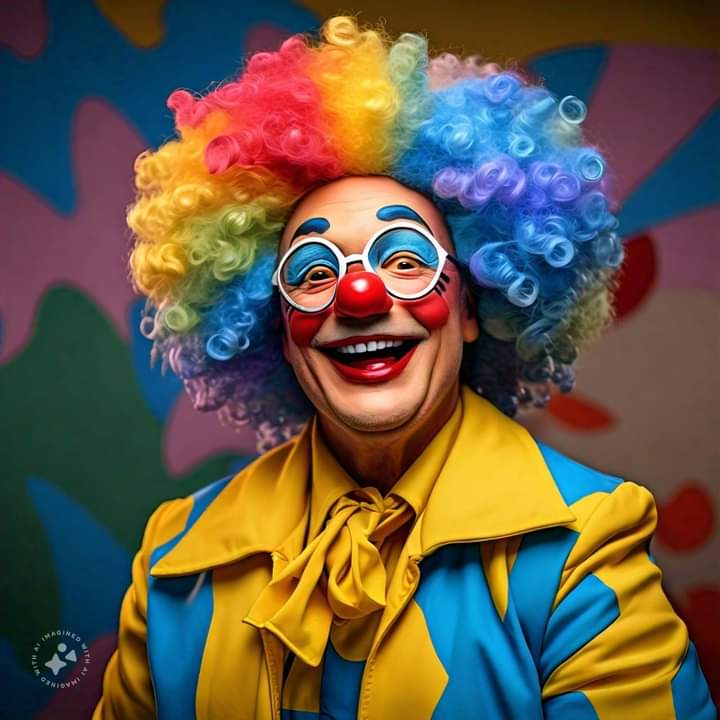
One thing to remember: on stage, everything has to stand out. Lights are strong, and the audience can be far from the actors, so subtle details can get lost. Costumes might need bold patterns, vivid colors, or dramatic cuts. Makeup, too, is amped up a notch. Small details like wrinkles or blush might be barely noticeable in a close-up on screen, but on stage, they must be exaggerated. You’re painting faces and crafting costumes to communicate at a distance. So, those bold colors, larger features, and well-defined shapes are crucial.
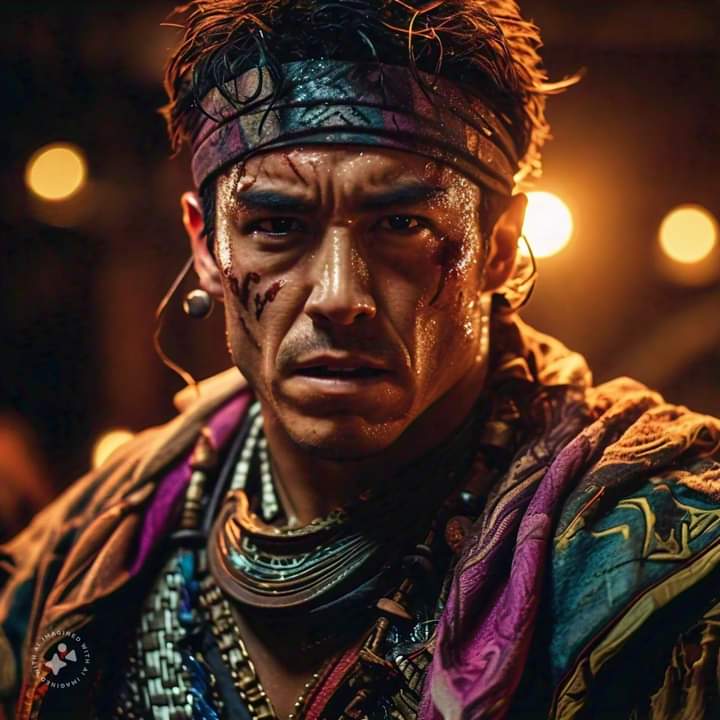
And then there’s the physical side of things. Actors are moving around under hot lights, sometimes in heavy costumes, or with detailed prosthetics. That means your materials need to be durable, and your makeup needs to withstand sweat and movement. Costumes often require flexible fabrics so actors can perform freely, while makeup might need to be set in layers to prevent smudging or fading during intense scenes.
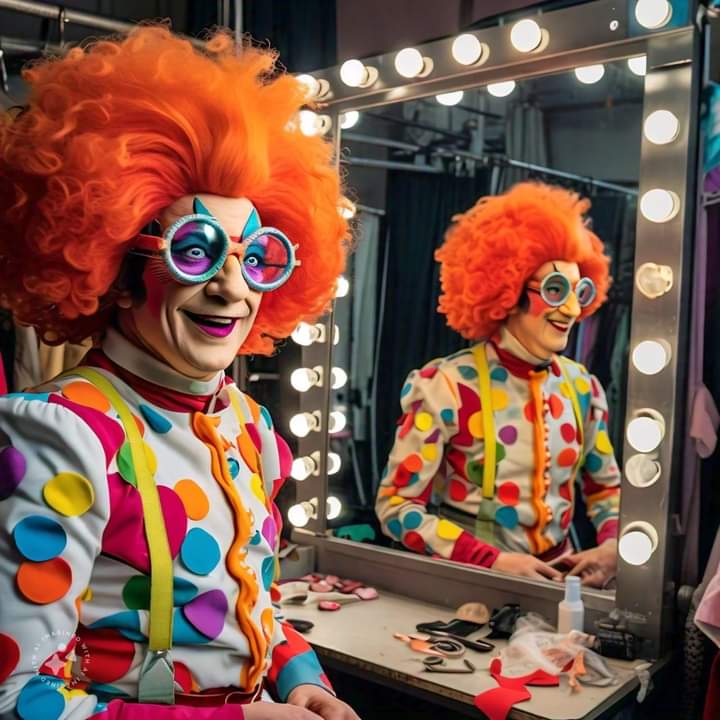
Now, let’s talk quick changes! On stage, sometimes you’ll have seconds to transform a character. This is where a costume designer’s creativity truly shines. Using fastenings like Velcro or snaps instead of buttons, or quick-to-apply makeup touches, can make all the difference. You and the backstage crew might develop a routine to make those changes smooth and fast, all while keeping the magic alive for the audience.
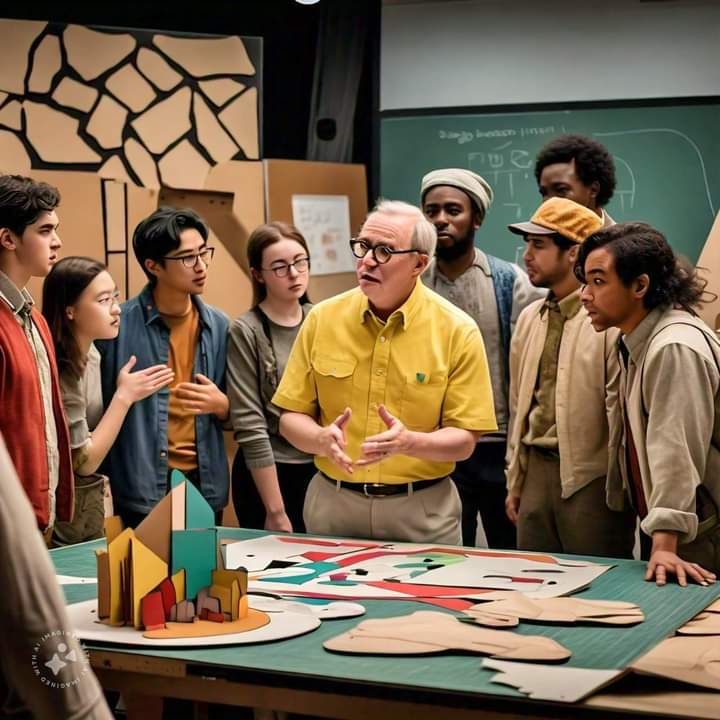
At the end of the day, as a costume or makeup artist, you’re not just working with fabric, brushes, or paints; you’re working with people and with the story. You’re working closely with the director, actors, and sometimes the lighting and set designers to make sure that each element feels like part of a unified vision. Costume and makeup are crucial tools for storytelling. They’re not just accessories; they’re the silent narrators on stage.
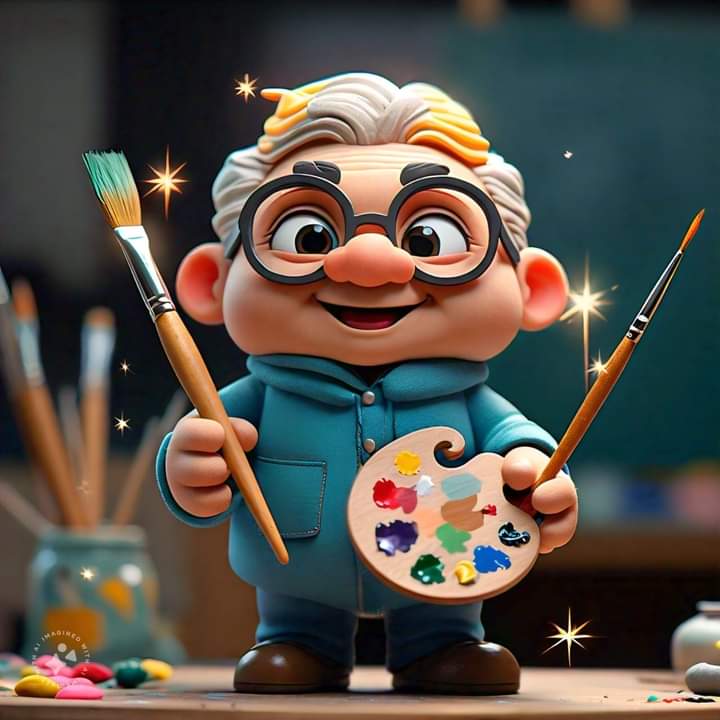
So, remember, every detail matters. You’re creating something that lives and breathes with each performance. Embrace the magic of theater, and keep inspiring awe with every brush stroke, stitch, and sparkle!”

